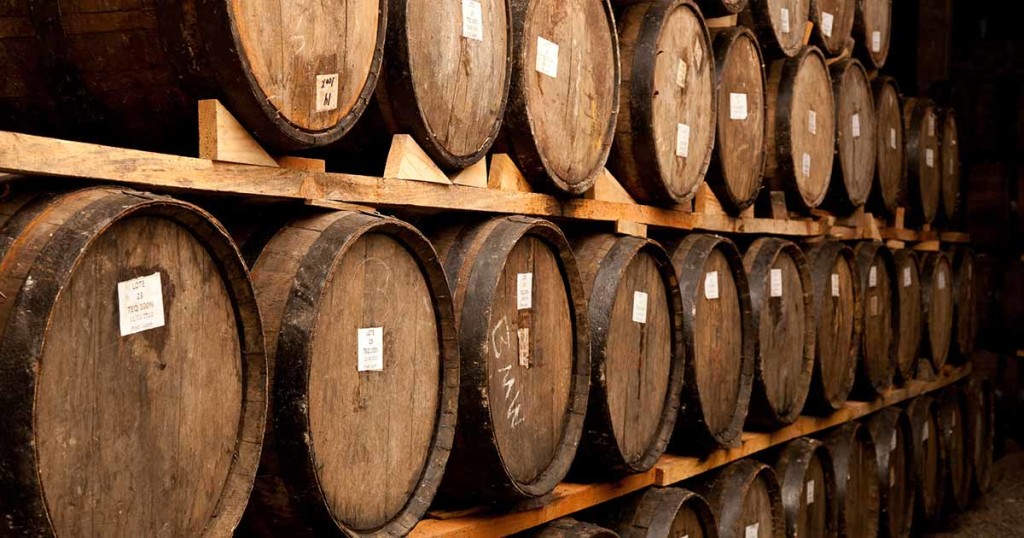There is evidence of wine drinking in France more 500 years BC. During the Roman occupation vines were grown and wine was already being produced in the now famous French wine regions in the north. After the collapse of the Roman Empire occupiers in France continued to seek out good pieces of land on which to grow grape.
Between the 10th and 13th centuries churches and monasteries played an essential role in the making of wine. The church could afford the barrels, vats and presses needed in the production process, which a lot of the grape growers could not.
However, transportation of wine was difficult at the time, meaning regions with rivers, like Alsace and Bordeaux had a huge advantage; wines from these regions could be accessed and distributed most easily.
The cork was invented at the end of the 16th century and made it much easier to distribute wine, increasing popularity. Take note of the cork: many are marked with the place the cork was made, as well as the winery the wine came from.
The French Revolution between 1789 – 1799 saw monarchy overthrown and the church removed from the wine industries. Monastery vineyards were sold off to local people.
Five years after, the Code Napoléon was introduced. The code stated that inheritance should be shared equally amongst heirs disregarding age or sex. This included vineyards. The new code meant that sections of vineyards were sold off. Merchants now started to blend wines from different small producers.

The build of new roads, canals and railways meant that wine in different regions was now more accessible and there was a boom in the wine market.
However, a century after the revolution vine diseases affected almost every wine in France. Whole vineyards were destroyed and replanted with new, disease resistant vines. The new vines were often very different from the original ones. Varieties of wine completely disappeared and fraudulent labelling was rife especially between the World Wars that followed.
A new legislation was introduced called the ‘appellation d’origine contrôlée (AOC)’, which translates as ‘controlled designation of origin’. The AOC is a certification granted to French geographical areas for wines, cheeses, butters and other agricultural products,
Modern wine in France
In France the person that grows the grape is known as a vigneron or viticulteur. This describes the person who grows the grape, rather than produces the end product.
Big or small the winery is known as the ‘cave’ (pronounced ‘carve’).
Grapes were sent to the monastery or château for the wine making process. Even when estates did make their own wine they usually sold it on to merchants and négociants who would blend and bottle it. Vignerons bottling their own wine actually only dates back to the end of the Second World War. But today Burgundies bottled at the domaine are more and more popular.
Competition, at the end of the 20th century, from producers in the New World accelerated the progression of French wine. Previously neglected vineyards in the south were gladly reinvented. This created a new formation of vigerons, who gained their knowledge at college, instead of skills being passed down.
The new vigerons had experience from Australia and California and dealt worldwide. The new vigerons were skilful grape growers and realised that the way grapes are treated have a crucial influence on the quality and flavour of the wine. A new generation of wine was born.

